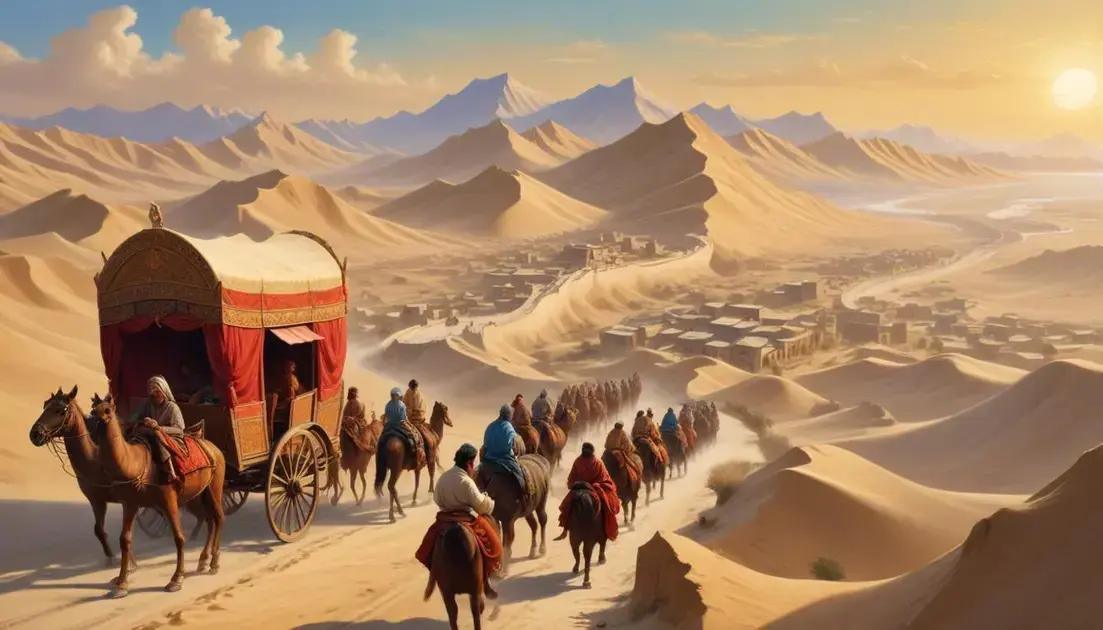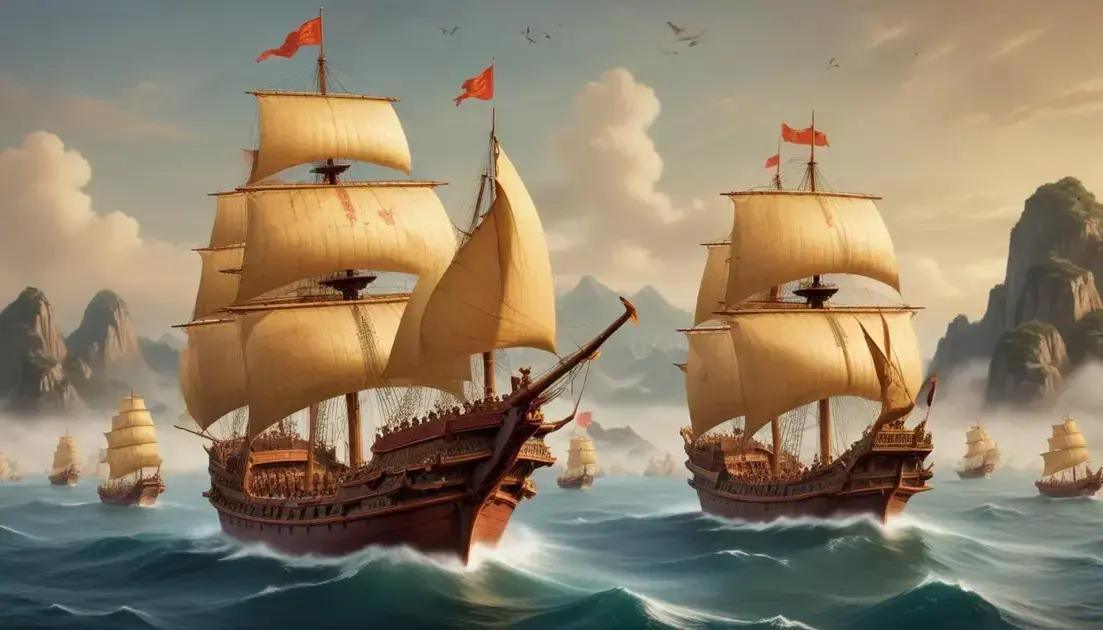
Zhang Zao’s Snow Panda: The Viral Art that Melted
Art’s ephemerality in the digital age highlights the temporary nature of certain artistic creations, such as snow sculptures and digital art, which can have a profound impact despite their short lifespan. Viral art, like Zhang Zao’s snow panda, emphasizes how quickly art can gain attention and spark conversations, encouraging innovation and creativity. While technology aids in sharing, the fleeting moments of temporary art remind us to cherish immediate experiences and the emotions they evoke.
Zhang Zao created a stunning snow panda sculpture that quickly went viral, stirring conversations about art’s impermanence. Let’s explore its story!
Zhang Zao’s snowy creation
Zhang Zao’s snowy creation captures the wonder of winter and the joy of art. In 2019, during a heavy snowstorm, Zhang decided to build something special. He spent 13 hours shaping a giant snow panda in his backyard. The panda was huge, standing around 10 feet tall!
People around the neighborhood were amazed. They took pictures and shared them on social media. Soon, Zhang’s snow panda became a viral sensation in China. It was a beautiful sight and brought smiles to many.
The Process of Creation
Creating the snow panda was no easy task. Zhang had to work carefully to get the shape just right. He used shovels and his hands to pack the snow tightly. Each detail mattered, including the panda’s round ears and black eyes. The dedication he showed was impressive.
The Joy of Sharing
Once finished, Zhang felt proud of his work. He built it not just for fun, but as a surprise for his daughter. The joy it brought her was priceless. She loved the panda and played around it, which made the creation even more special.
The Art’s Ephemeral Nature
Sadly, the beauty of the snow panda was short-lived. Within days, the sun came out, and the warm temperatures began to melt it away. This made many people reflect on the idea of temporary art. It reminded them that some things are only meant to last a little while, but their impact can be lasting.
The story of Zhang’s snow panda teaches us about creativity and family. It shows how art, even if it melts away, can bring joy and connect us in special ways.
The impact of viral art
The impact of viral art can be seen in today’s digital world. When art goes viral, it reaches millions of people quickly. This means that artists can gain recognition almost overnight. One example is Zhang Zao’s snow panda, which brought joy to many.
Viral art makes people feel something. It can inspire smiles, laughter, and even deep thoughts. When a piece of art connects with viewers, it becomes more than just an image. It becomes a shared experience that brings people together.
Social media plays a big role in spreading viral art. Platforms like Instagram and TikTok allow artists to share their work easily. Just one share or like can launch an artist into the spotlight.
Viral art often sparks conversations. People discuss what it means or how it makes them feel. This mix of feelings can change how art is viewed. It shows that art isn’t just for galleries; it can be part of everyday life.
Another effect of viral art is creativity. It encourages others to create their own works. When they see something unique, they might try to make something similar. This opens up new avenues for expression and creativity.
The success of viral art can also have a downside. Sometimes, the rush to create can lead to copycats. This raises questions about originality and what it means to be an artist. Overall, viral art provides exciting opportunities that can change the art world.
Art’s ephemerality in a digital age
Art’s ephemerality is a powerful concept, especially in our digital age. It reminds us that some art is meant to be temporary. Think about snow sculptures or sand art. They look amazing but don’t last long. Zhang Zao’s snow panda is a perfect example of this.
In a world driven by technology, we often create and share art quickly. Just a click on a screen can make art go viral. While this is exciting, it also means art can fade away fast.
Digital platforms allow artists to showcase their work to millions. However, as quickly as it appears, it can disappear from feeds and minds. This raises questions about what it means for art to be lasting or memorable.
Temporary art can provoke deep feelings. The fact that it won’t last forever makes us appreciate it more. We tend to cherish moments that are fleeting. This feeling connects people to art on a personal level.
Furthermore, the idea of ephemerality can lead to innovation. Artists feel inspired to create fresh ideas, knowing they may not last long. This pushes the boundaries of creativity and expression.
In an era dominated by digital content, understanding ephemerality is key. It shapes how we perceive art and its value. While some art may be short-lived, its impact can echo in our hearts and minds for a long time.
Conclusion
In conclusion, the concept of art’s ephemerality plays a significant role in our digital age. Temporary art, like Zhang Zao’s snow panda, reminds us to appreciate creativity as it unfolds. While technology allows for quick sharing and broad reach, it also highlights the fleeting nature of many art forms.
Art that doesn’t last long can still leave a lasting impact on our hearts and minds. It encourages innovation and helps us connect with the moment. As we explore this blend of art and technology, we learn to value both the beauty and the temporary nature of art in our lives.


